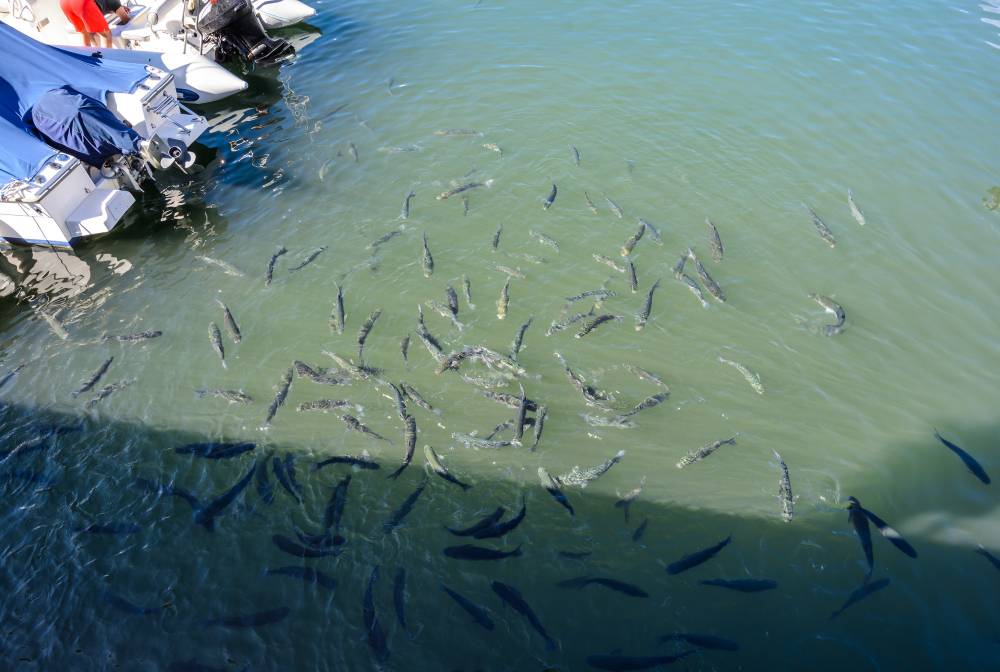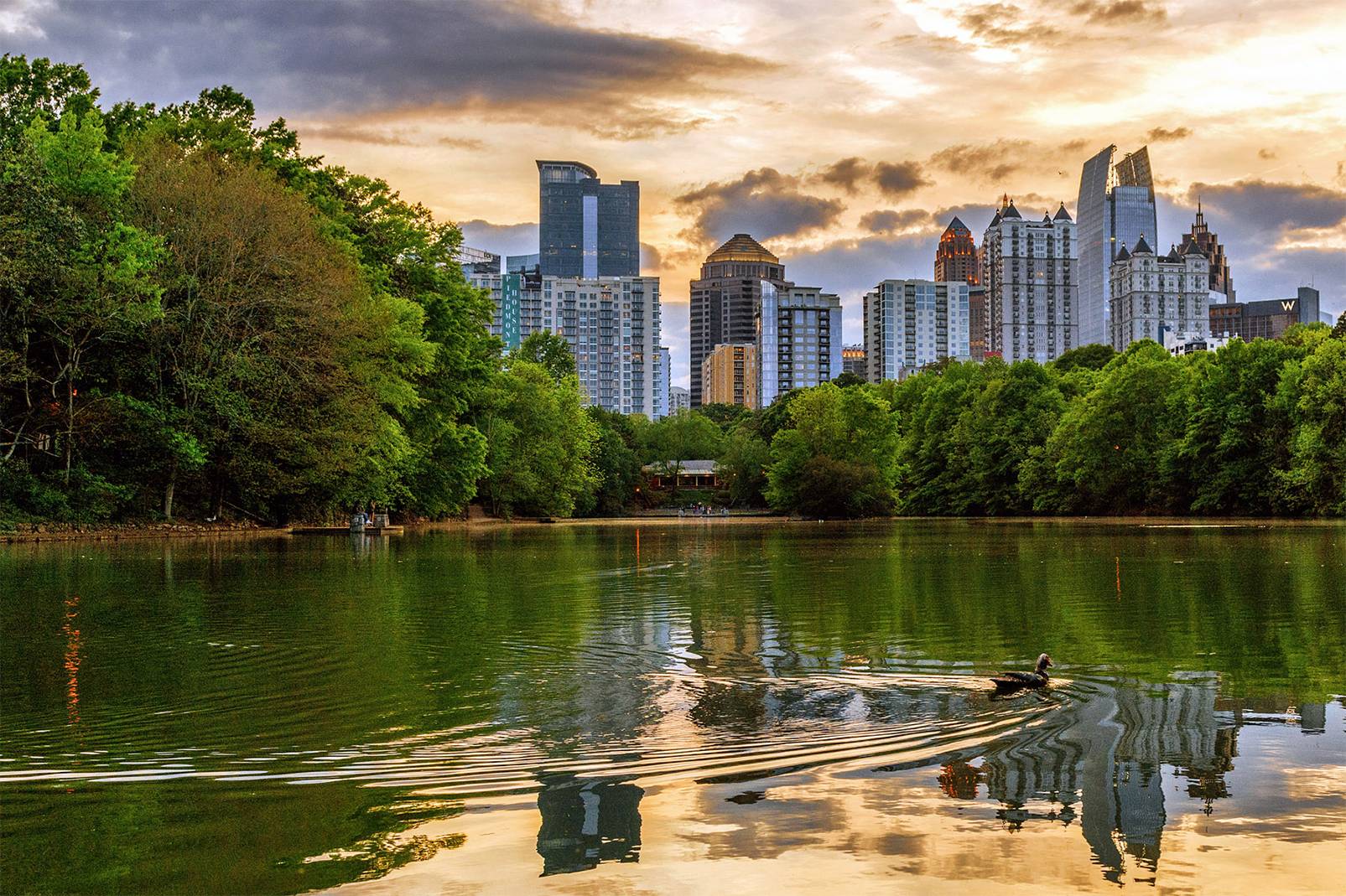
Ponds and lakes are not only picturesque additions to the landscape but also dynamic ecosystems where fish play a crucial role. While fish obtain much of their nutrition from their natural environment, supplemental feeding can significantly enhance their growth, health, and the overall biodiversity of the aquatic ecosystem.
In this brief article brought to you by Aquatic Restoration, we offer some guidance on choosing the right fish feed for your pond or lake. If you’d rather leave the lake or pond maintenance to trained professionals with over 35 years of industry experience, then call Aquatic Restoration to get started with a consultation.
Before getting into specific types of fish feed, let’s understand the basic nutritional needs of fish. Much like us, fish require a balanced diet that includes proteins, fats, carbohydrates, vitamins, and minerals. The specific nutritional requirements can vary based on the species, their life stage, and their natural diet. For instance, carnivorous fish like bass require higher protein content, while omnivorous species like bluegill benefit from a more varied diet.
There are several types of fish feed available, each designed to meet different nutritional needs and feeding behaviors. Though there are countless criteria, the three main categories are floating, sinking, and slow-sinking feeds.
In the Southeast U.S., the warm climate and longer growing season influence the type of fish and their feeding patterns. Let’s touch on some recommended feed options for common species in this region, starting with bluegill.

Bluegill thrive on a diet that includes a mix of protein and plant-based nutrients. A high-quality floating pellet with at least 30-35% protein content is ideal. Look for feeds that include ingredients like fish meal, soybean meal, and wheat germ to provide a balanced diet.
Largemouth bass like a higher protein content, typically around 40-45%, to support their carnivorous diet. Floating pellets designed for carnivorous fish are suitable. Some bass feeds also include attractants to ensure the fish are drawn to the pellets.
Catfish are bottom feeders but can benefit from both floating and sinking pellets. A good catfish feed should contain 28-32% protein. Sinking pellets are particularly effective in ensuring that the feed reaches these bottom dwellers.
Carp are omnivorous and benefit from a varied diet. Slow-sinking pellets with 25-30% protein content can cater to their feeding habits. Look for feeds that include grains, vegetables, and fish meal.
With over 35 years of lake and retention pond maintenance experience, Aquatic Restoration is prepared to address any questions or concerns you may have. Contact us today to schedule a face-to-face meeting or on-site visit. Our team is on standby to take your call or message at any time of the day.
If you own a pond or lake, you know that proactive maintenance is an integral part of keeping the…
If you’ve ever walked outside and noticed your lake suddenly turn a murky shade of green, you’re not alone. Many…
Lakes are vital ecosystems that support wildlife, protect water quality, and enhance the quality of life for surrounding communities. Whether…
If you’re reading this, there’s a good chance you’re sick and tired of dealing with aquatic weeds that never…
Lake management is an integral part of keeping lakes healthy, functional, and beautiful for generations to come. Not only…